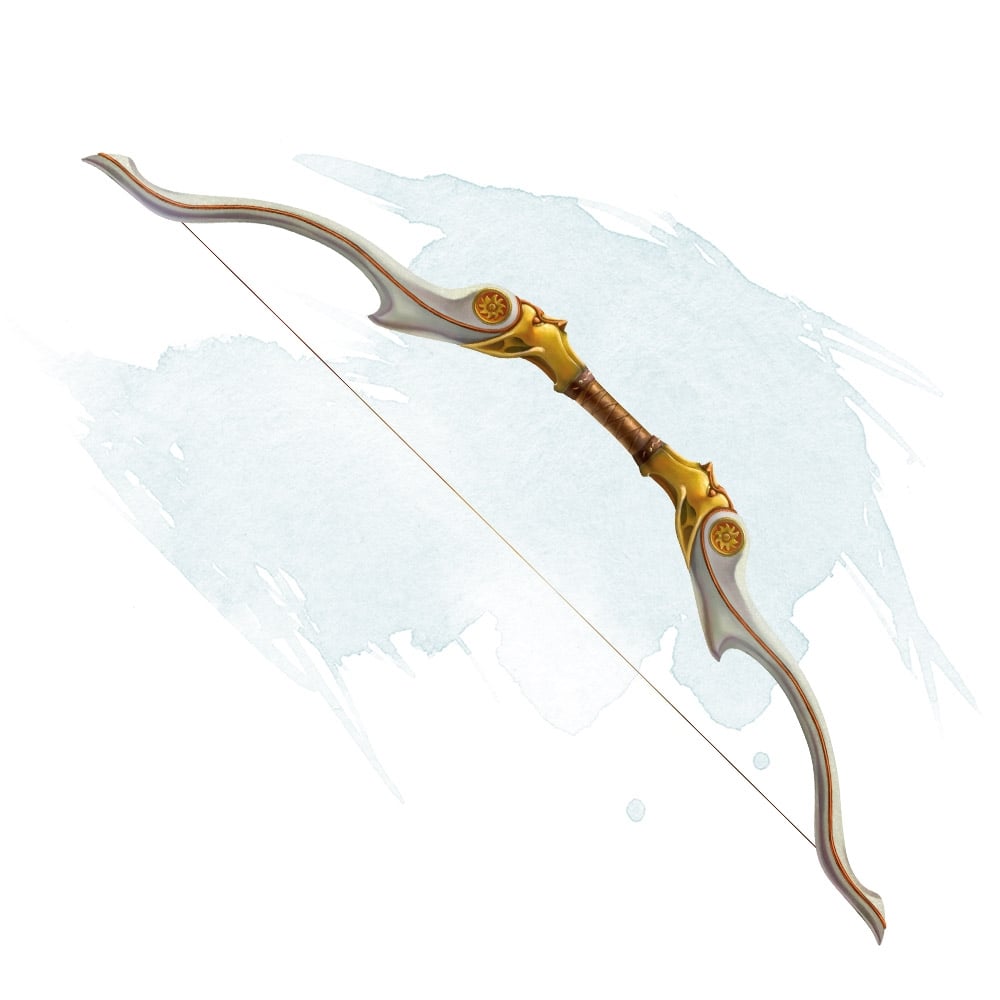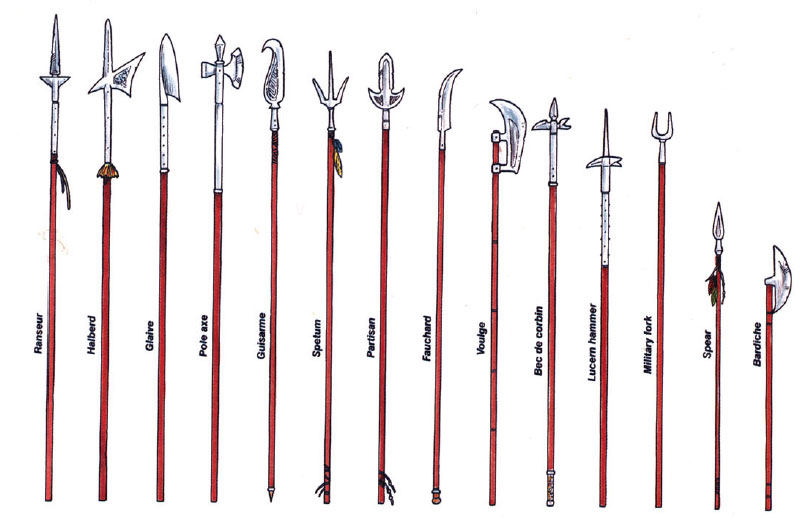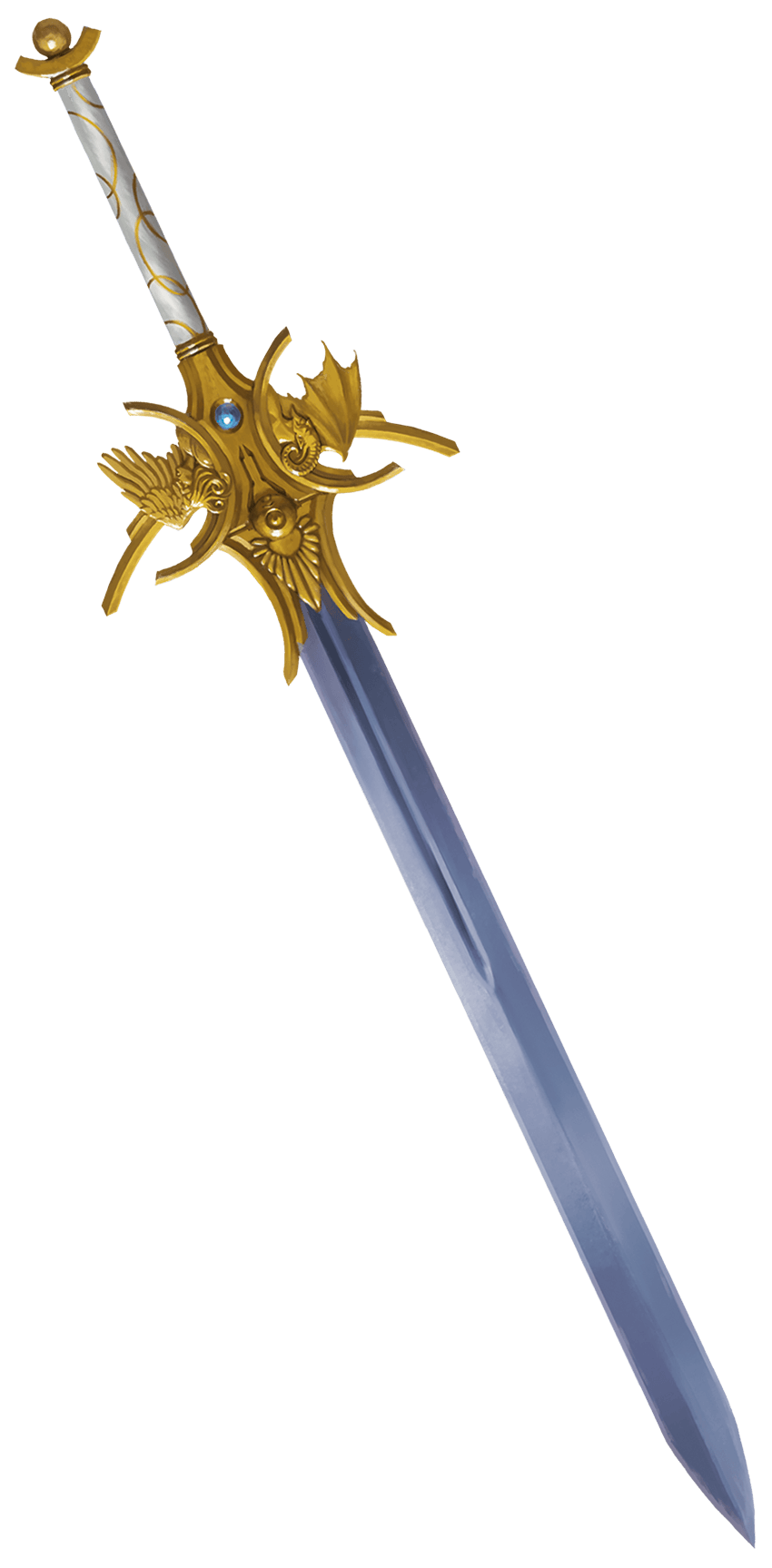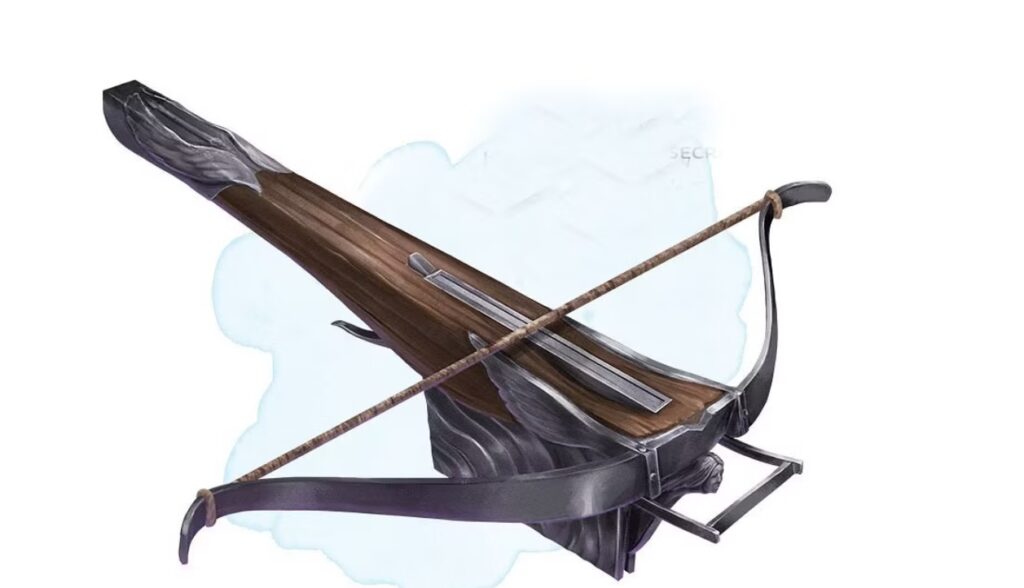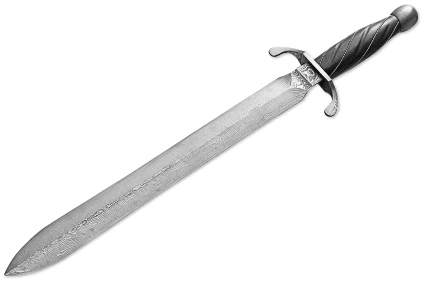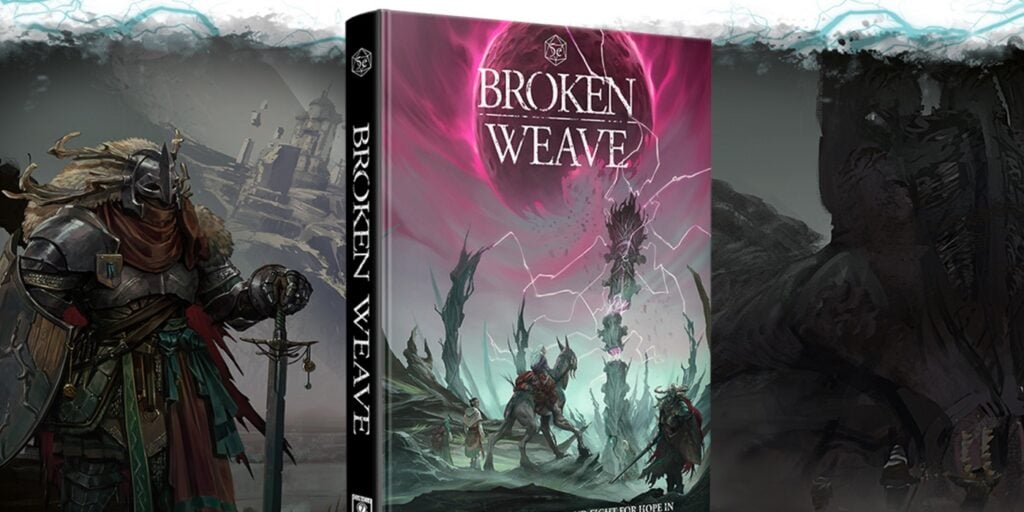D&D: Five of the Best Starting Weapons for Your New Campaign
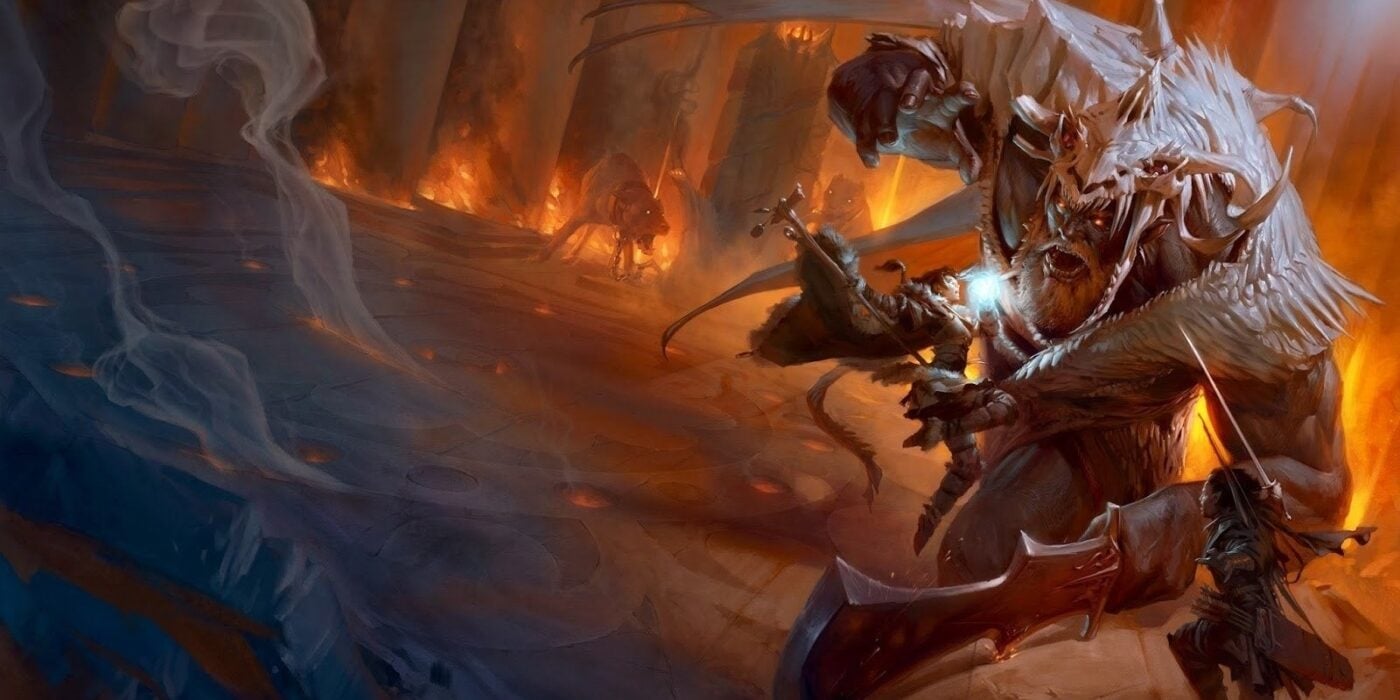
Making a new character and not sure which of your starting equipment options to take? Here are some of the best starting weapons in 5E.
Rolling up a new character is something every single D&D player goes through at some point in their game. Multiple times, if the dice gods are out for blood. But when you’re in that rose-colored phase between the time when the oceans drank Atlantis and the rise of the sons of Aryasjust before a campaign starts, when your character is taking shape and almost anything can happen; when you’ve finally picked a character class and decided to play an Elf again (brave, iconoclastic, but that’s just who you are), and you’re filling out the sheet you inevitably come to that last but important hurdle: starting gear.
Now, in 5E it’s a little easier, because you can either pick cold hard cash and fumble around in the dark, or you can pick starting gear as suggested by your class which might outfit you sensibly, but may also prevent you from buying 500 chickens because you had 10 gold pieces lying around.
So we’re here to help by outlining some of the best weapons a 1st-level character can buy with that starting money. For what it’s worth though, as long as you have something for melee and something for ranged, that’s really all you need.
These are all just weirdly nit-picky options for people who want to squeeze every last drop of advantage possible out of their starting gear. But really, at the end of the day, everyone’s just throwing 1d8s or 2d6s at enemies and hoping for the best. But well-reasoned, measured advice, sadly, doesn’t make people click on the ads, and we gotta make Zaddy Google happy. So with that in mind, HERE ARE THE OBJECTIVELY ABSOLUTE BEST STARTER WEAPONS FOR D&D.
Longbow
Of all the weapons in D&D, the Longbow probably gives you the best bang for your buck. And no surprises there. It’s the weapon that ended the age of chivalry. Longbows were the reasons peasants were required to practice archery.
And sure, in D&D, the humble longbow has some drawbacks—it’s a martial weapon, requiring special training, it’s two-handed, so you can’t use a shield with it, and it’s heavy, meaning Small characters can’t wield one without incurring disadvantage, and you have to have enough arrows to shoot with it. But aside from those quibbles, it outperforms the other ranged weapons it competes with. It outdistances them all, allowing you to shoot at targets from up to 150 feet away with no penalty, or if you don’t mind a little disadvantage, out to a whopping 600 feet away.
Both of these distances mean you’re well outside of the range of retaliation of all but the most powerful spellcasters. Combo that with a d8 for damage, and you can keep the world at bay with enough arrows.
Glaive/Halberd
These weapons are identical in stats, even though they differ wildly in appearance. But the glaive and/or halberd, or glalberd, if you will, gives melee characters a bit of a leg up. They can attack at range, which can often mean being able to spring away from creatures whose reach only goes out 5 ft, allowing mobile characters to engage from relative safety. Especially if you have the means of increasing your speed.
Being able to strike hard and not get hit in return is extremely good at lower levels. And dishing out 1d10, a glalberd can power through most creatures you’ll fight at 1st-level in just a hit or two.
Layer in something like Polearm Expert and this makes you even deadlier, as it doubles the number of attacks a 1st-level character can make.
Greatsword
They don’t call it Great for nothing. A greatsword is exactly that, a sword that’s both great in size and also great in terms of the consistent damage that it can do. If you’re hitting something and want to emphasize doing the most damage per hit, the Greatsword delivers the most dependable damage of 5E’s melee weapons, giving you 2d6 to play with. This means it has higher minimum damage as well as higher average damage, and there are more dice to reroll with the great weapon fighting style if you pick that over something like Protection.
Light Crossbow
The light crossbow is a much less flashy answer to the longbow. First of all, it’s a Simple Weapon, meaning that almost every character class will know how to use one. Even a Wizard knows how to use one. On top of that, a Light Crossbow does more damage than a shortbow (1d8 vs. 1d6) and has the same range. Simple Weapon, meaning almost every character class will know how to use one.
The only tradeoff is that once you start making more attacks, Shortbows will outpace the Light Crossbow since they require you to load them. But by that time, you’ve either picked up a feat to deal with it, or you have better options anyway.
Shortswords
Finally, the humble Shortsword. A light, finessable weapon, a Shortsword is one of the best choices you have if you want to play a character who can wield two weapons because it takes the investment of a full-on feat to be able to fight with two weapons that aren’t light. Good for Rogues who may well need more opportunities to try and deliver Sneak Attacks, or the odd Dexterity-based Fighter looking for some power up close and personal, two Shortswords can be handy when the chips are down.
What weapons do you reach for at 1st-level?

